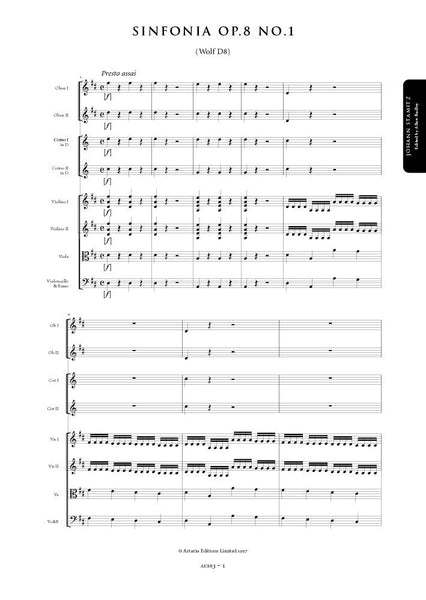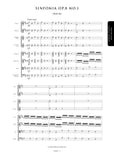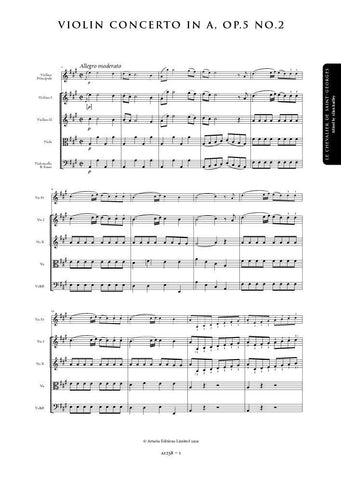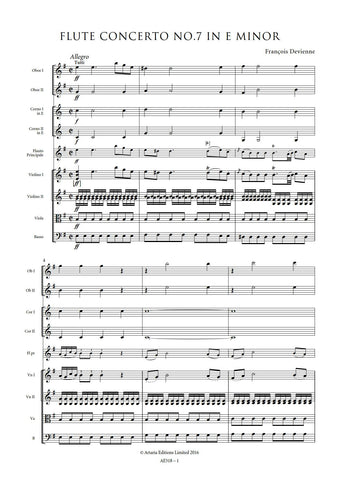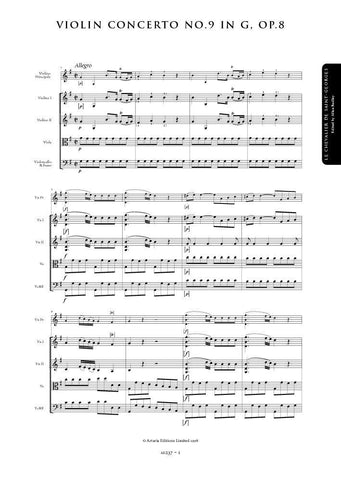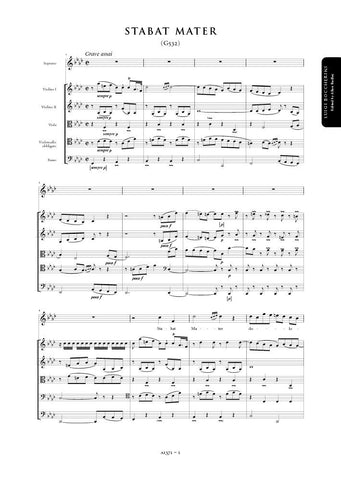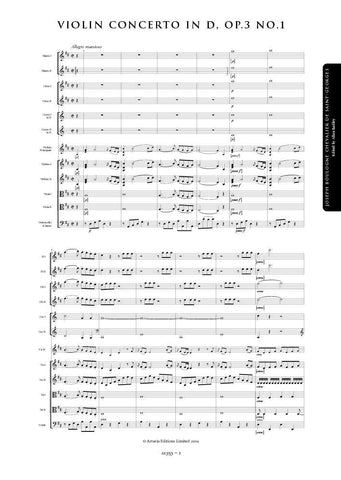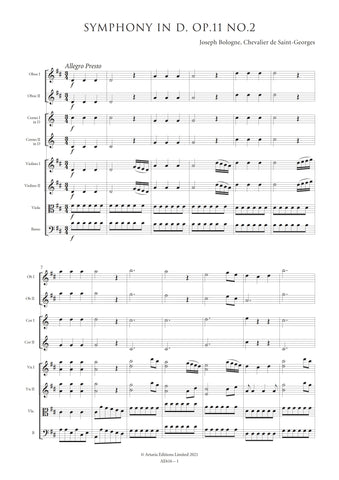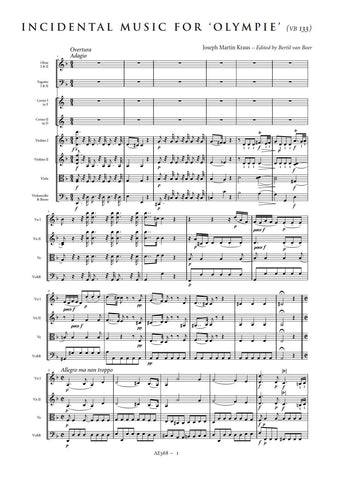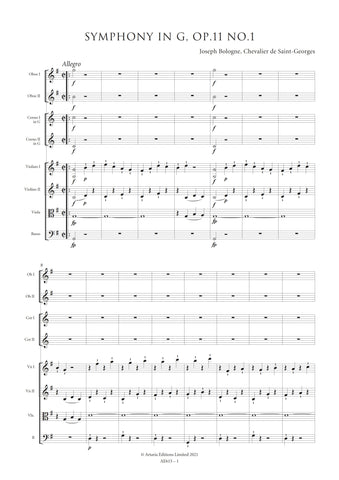Stamitz, Johann: Symphony in D major, Op. 8, No. 1 (AE103) – sheet music
Previous Product Next Product
Description |
Stamitz, Johann (1717-1757)
|
||||||||||||||||||
Details |
The set of six symphonies published in Paris by La Chevardière in 1763 as Opus 8 includes among its number a work by Stamitz's Mannheim colleague, Franz Xaver Richter. The remaining works appear to have been written over the period ca 1745-1751 and found their way into the set purely by chance. The haphazard nature of the opus is perhaps also evident in the choice of keys: three of the six works - and all of them by Stamitz - are in the same key, D major. While this lack of variety is not completely unknown in contemporary publications it does tend to support the view that La Chevardière was prepared to publish anything that came to hand. The title page of the publication reads: "SIX / SIMPHONIES / a quatre Parties obliges, / avec Haubois, et Cors de chasse / Composes par Mr / JEAN STAMITZ / Directeur de la Musique de S.A.S. / Mr l'Electeur Palatin Mannheim. / OEUVRE VIII..." The present work, the first in the set, was published without the trumpet and timpani parts which appear in some MS sources. Wolf believes that this symphony may have been the work which was performed at a Concert spirituel on 12 April 1751. Stylistically the work belongs to Stamitz's middle period and was probably composed between ca 1748 - 1752. In the absence of the autograph score or a set of authentic parts this edition presents as faithfully as possible the intentions of the composer as transmitted in La Chevardière's print. La Chevardière's scoring is also retained although there are no grounds to suspect that the extant trumpet and timpani parts are anything but authentic. Instrumentation was very flexible during the period and many performances were scaled down when and where circumstances dictated. The notation of articulation and dynamic markings has been standardised throughout, and, where missing, markings have been reconstructed from parallel passages. These are indicated by the use of dotted slurs or brackets where appropriate. Like most eighteenth-century sources, the Chevardire print is inconsistent in its notation of appoggiature; these have also been standardised to minimise confusion. Obvious wrong notes have been silently corrected; otherwise, any editorial emendation with no authority from the source is placed within brackets. Allan Badley |
||||||||||||||||||
Score Preview (best viewed in full screen mode) |
|||||||||||||||||||




